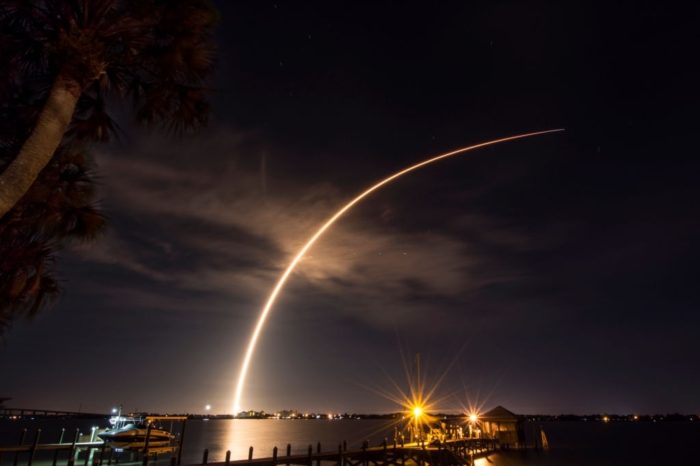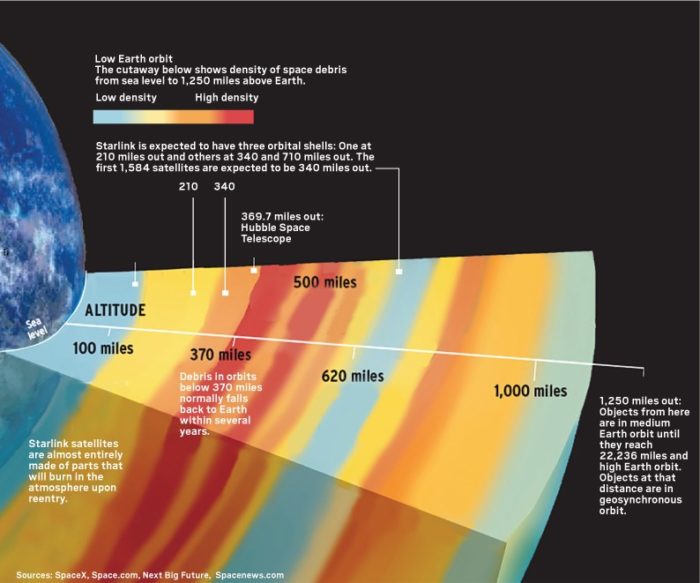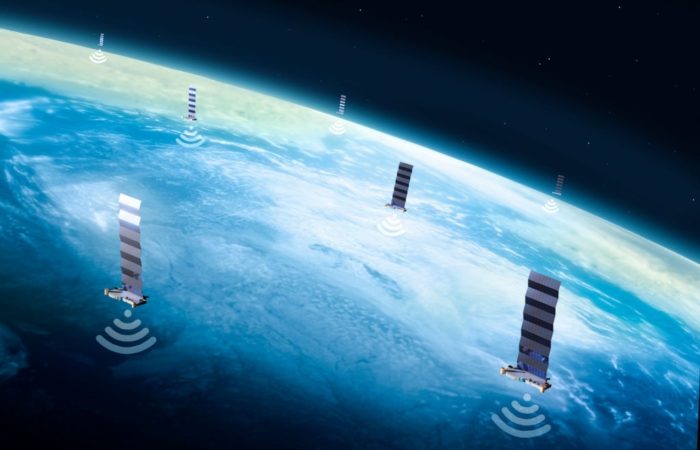Okay, so we’re not using Skynet just yet. Approved last year by SpaceX creator Elon Musk, one of the most successful billionaires globally, Starlink Internet was born. While satellite internet services are very popular with mobile carriers, numerous companies such as HughesNet, WildBlue, and many others have been a mere flop – barely skating by and continuing to be the worst internet service provider in the country.

SkyNet and StarLink are not the same, but they do share some similarities.
With all the data capping and bandwidth throttling going on, this concept is great. Musk has started launching hundreds of small satellites into a giant constellation known as Starlink to create an ISP unmatched by any other service (and a constant uptime). There are to be about a total of 12,000 of them shipped out just in this year alone. But is this good or bad? We’ll let you decide!
Table of Contents
The Good, the Bad, the Ugly (and the Wonderful)!
The bad thing about all of these satellites? It’s hurting astronomy. Many people and astronomers complain that numerous satellites flying over the sky are ruining telescopic imagery, star observations, and much more. This can be daunting because one of these days, we’re going to have a massive asteroid crash into earth, and we’ll need to send a team of construction guys out to save the planet. They won’t be able to because they might get hit by a 500-pound satellite! We’re just kidding, folks.

StarLink is launching a ton of satellites into space to one day bring affordable always-up internet to people worldwide.
While this may be causing strife among the public groups of astronomers, there are probably many benefits, and it’s not going to ruin things completely. All of these are visible because they haven’t wholly floated out into their orbit line. By the time it does, it will be virtually invisible. Right now, some Starlink satellites are being shown on videos across various spots of the planet. One such place is the Netherlands, as they’re making their way into orbit.

When it’s all said and done, the StarLink satellites should be invisible once they get set in position.
What Will Starlink Do?
While there was speculation in the past that Starlink would provide a satellite wi-fi hotspot unlimited for free, this isn’t going to happen. Elon Musk didn’t become a billionaire by NOT charging people – no business truly succeeds this way other than non-profit organizations. We know that the average price of satellite companies charge about $100 a month for their exclusive packages. Starlink states that they will be around $50 measly bucks a month during their initial startup and $60 later on.
This means for businesses, though, that even rural companies can capitalize on this – getting internet service without being charged an arm and a leg. Some are stating that for around $80 a month, you’ll get high-speed internet service. You’ll still have to spend almost as much on installation costs, of course, vs. competitors.
On the level of speeds available, the massive amounts of connectivity and the satellites’ proximity are being promised to provide those who have to rely on rural connections the same speed as fiber internet companies can offer – up to 1GB per second. This is a huge leap compared to the slow DSL speeds that many satellite internet providers can achieve.
VoIP Will Benefit from Starlink Services

With constant uptime, StarLink will be the only choice for VoIP.
Many know that voice over the internet is becoming increasingly popular, and it’s not going anywhere. However, the downside is that VoIP needs reliable internet connectivity to have constant uptime. Fortunately, with the right managed services and a great connection, the lesser parts of the country (and those with slower connections in the world) can finally get “superfast” internet service speeds without the mobile structure they need for other types of connections.
What Do We Think?
Of course, we are all about VoIP services and internet connectivity, but we also care about the environment. It’s a wait-and-see process. However, it’s proving to be somewhat sufficient so far. Yes, astronomy is fundamental, but businesses can’t make everybody happy. It’s how they can convert the good, the bad, and the ugly to make things beautiful enough for success for their supporters and clients that makes a business truly excel!

